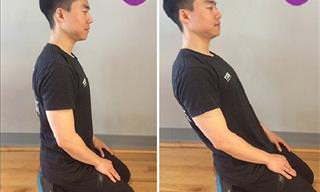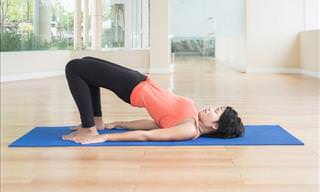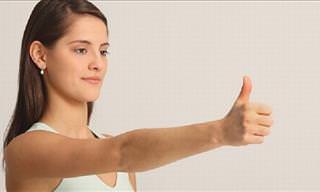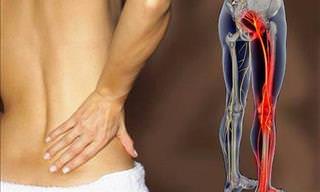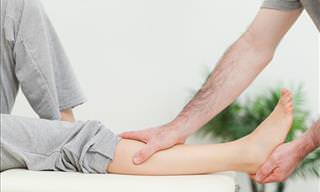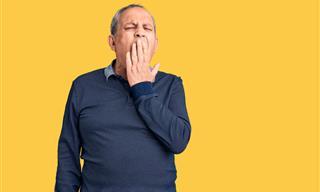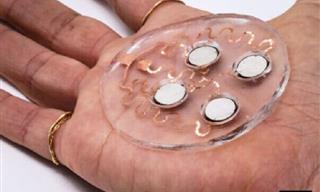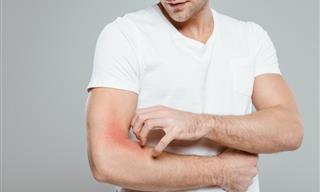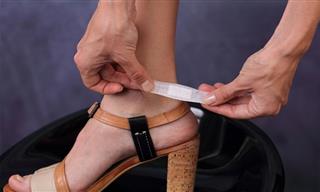Aches, pains, and stiffness are ailments we become accustomed to as we get older. But what are our options? Should we just learn to live with the pain, or spend a fortune on a massage therapist? Thankfully, there is a third option that I've recently been trying myself - self-massage. I use foam rollers, lacrosse balls, tennis balls and a massage stick (all cheap, easily available and simple to use) for those hard-to-reach spots and consequently, I have found them to be incredibly effective. All it takes is 10 minutes out of my day, and the muscle pain and tension I was experiencing have reduced significantly, in just a matter of days. My flexibility has also increased.
The Benefits: Self-massage tools increase blood circulation and smooth out 'knots' in the muscles and connective tissues caused by dehydration, overuse and, injury. The longer they go untreated, the tighter the surrounding muscle becomes, causing more pain.
Let's take a look at six ways self-massage can help. The videos show you how to perform each technique.
1. Reduce Lower Back Pain
The lower back is often a prime target for pain, predominantly because the spine, made up of 33 small bones called vertebrae, must carry the weight of the whole body. A number of activities can put a lot of stress on the lower back, including running, jumping and chronic sitting.
An effective way to reduce lower back pain is to massage the quadratus lumborum (a back muscle) and the erector spinae (muscles that run along the outside of the vertebrae). As this spot is hard to reach, using a small, dense ball will help. Watch how it's done in the video above.
2. Relieve Tension Headaches
Stress and a slouched posture can often cause throbbing tension headaches. Such a headache occurs due to muscle contractions in the head and neck. Kneading the upper trapezius muscle (the muscle located near your neck and shoulder) with a massage stick ought to alleviate the pain. The video above shows you how it's done.
3. For Flexible Hips
Most of us have limited hip mobility and flexibility because our quadriceps (upper thigh muscles) are tight. However, keeping your hips flexible means that you are less prone to injury. Using a foam roller on the quadriceps will help loosen up this tissue. See how it's done in the video above.
4. Your Posture Will Improve
Sitting down all day creates muscle imbalances. Therefore, some muscles become short, tight and overactive while others weaken out of neglect, causing us to feel pain and making us prone to injury. Rolling on a simple device, known as the 'peanut tool', will loosen and relax your back muscles. To make the peanut tool, just add two small balls (the size of a tennis ball) to a sock, tying a knot firmly at the top to keep the balls in place. Proceed with the massage as shown in the video above.
5. Reduce Foot Pain
Pain in the plantar fascia (the muscle that spans the bottom of the foot) can be caused by injury, overuse, a sudden increase in activity or even weight gain. Massaging the soles of your feet with a tennis ball can remove adhesions in the plantar fascia and also send blood flow to your feet, warming up your foot muscles. Take a look at how it's done in the video above.
6. Release Shoulder Pain
Self-massage is a fantastic way to release discomfort and pain in the shoulder area. A lacrosse ball is the best tool to release adhesions in the shoulder muscles. Watch how it's done in the video above.
Cover image courtesy of depositphotos
Source
 Go to BabaMail
Go to BabaMail


